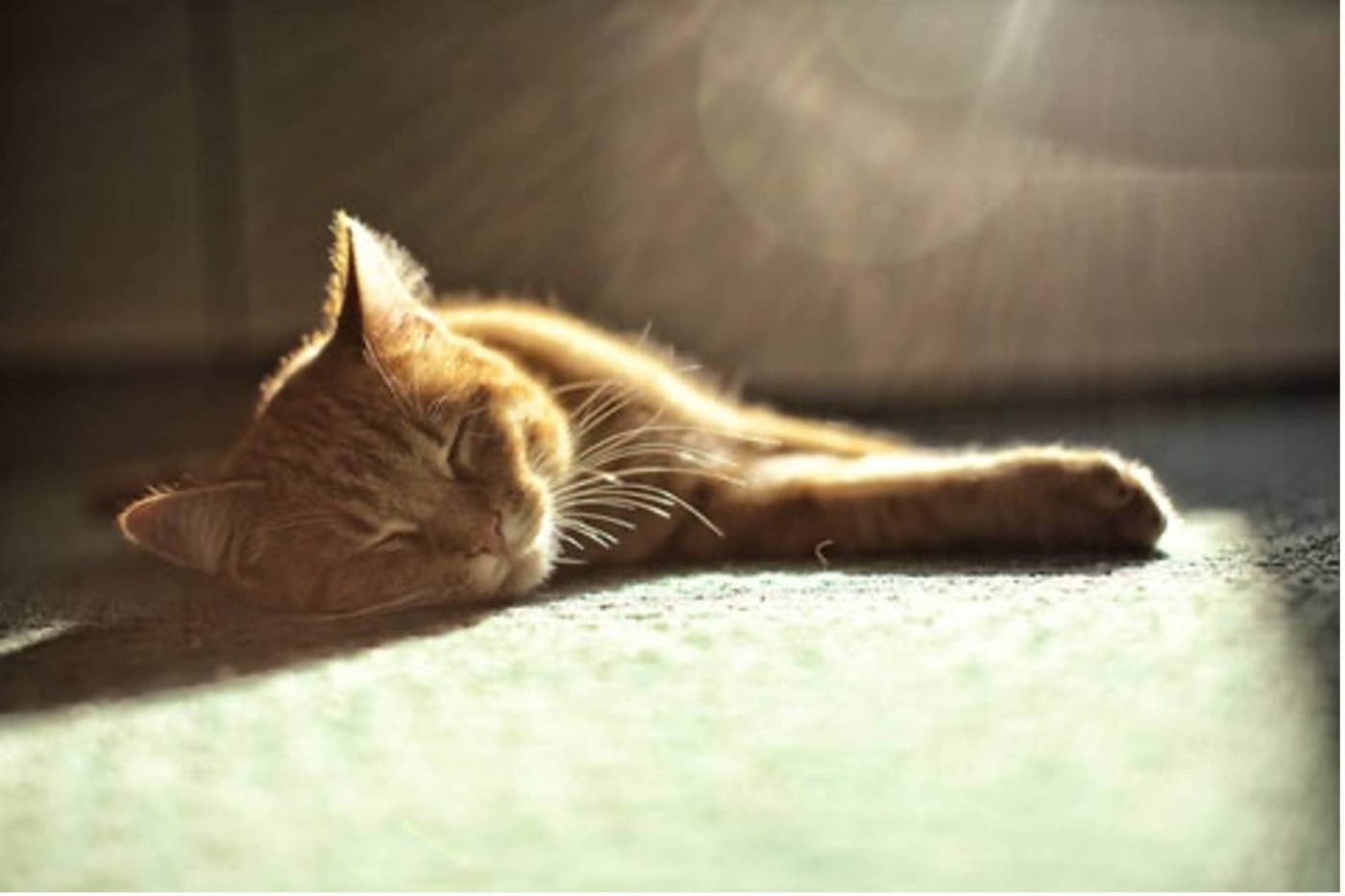Please remember that heatstroke is life-threatening and if left untreated then there can be serious and sometimes irreversible consequences such as organ failure and even death.
Next steps if you suspect your cat has heatstroke
If you are concerned that your cat is suffering from heatstroke, you need to act immediately. It is also important to call your vets as soon as possible. Cats will hide if they are feeling unwell, so make sure to regularly check on your feline friends to ensure that the symptoms of heatstroke are noticed as soon as possible.
Here are some important first aid tips for you to follow:
– Take your cat somewhere cool or use a fan to help cool them down
– Offer them water but do not force them to drink
– If your cat will tolerate it, then a cool wet towel can be placed on them. Make sure to change the towel every 5 minutes to ensure the towel doesn’t warm up.
– Above all, call your vets. They will carry out a full head-to-toe examination including taking a temperature. They will then begin cooling methods and may advise to admit your cat for further supportive treatment or for additional observations.
How to prevent heatstroke in cats
Heatstroke can be avoided and the best way is to keep them as cool as you can and as hydrated as possible. Here are some tips on how to prevent your cat getting heatstroke:
1. Make sure your cat has access to cool/shaded areas both indoors and outdoors. This can include tiles, cool mats and fans.
2. Never leave your cat in a car or somewhere which is going to heat up quickly e.g. greenhouses or conservatories.
3. Ensure plenty of drinking water is available both indoors and outdoors. Consider putting a water bowl outside in the shade. Ice can be added to water bowls as well.
4. Keep your cat at a healthy weight. Being overweight causes many health problems in our cats including making it more difficult for them to stay cool. If you are unsure if your cat is overweight then book a free weight check with one of our nurses.
5. If your cat is indoor only, you can buy netting to cover the windows to prevent escapees, but allow ventilation into your home.
6. For cats with light coloured fur they can be at risk of sunburn like humans. If your cat will allow you, then cat friendly sun-cream can be applied in particular to the tips of the ears.
Debbie James, RVN

Debbie took the degree route to become a veterinary nurse and qualified in 2017 from Hartpury College. She has a cat called Tipsy who she hand reared since she was 3 weeks old. Debbie is a cat friendly advocate for Vet’s Klinic and has an ISFM Certificate in Feline Nursing.






